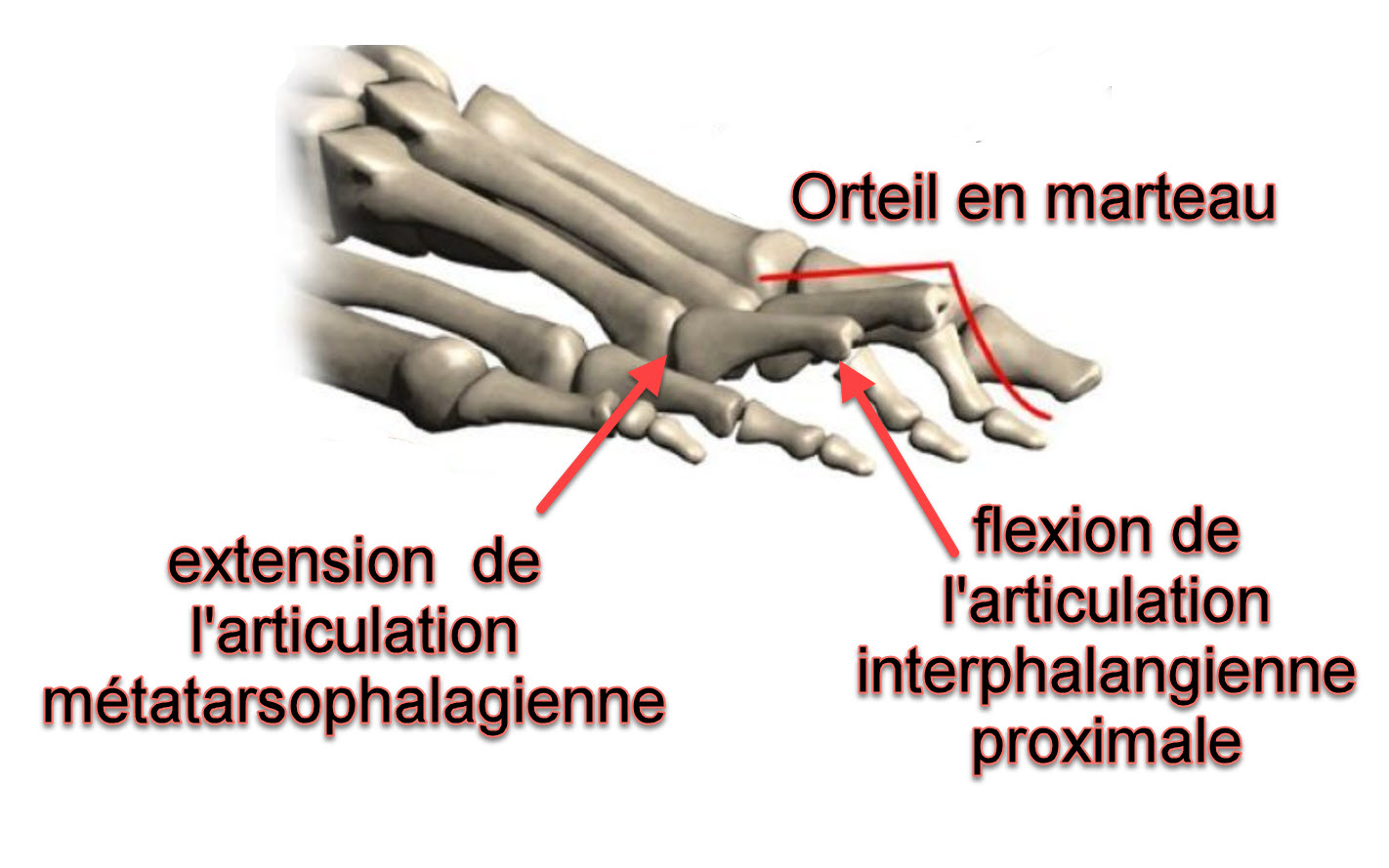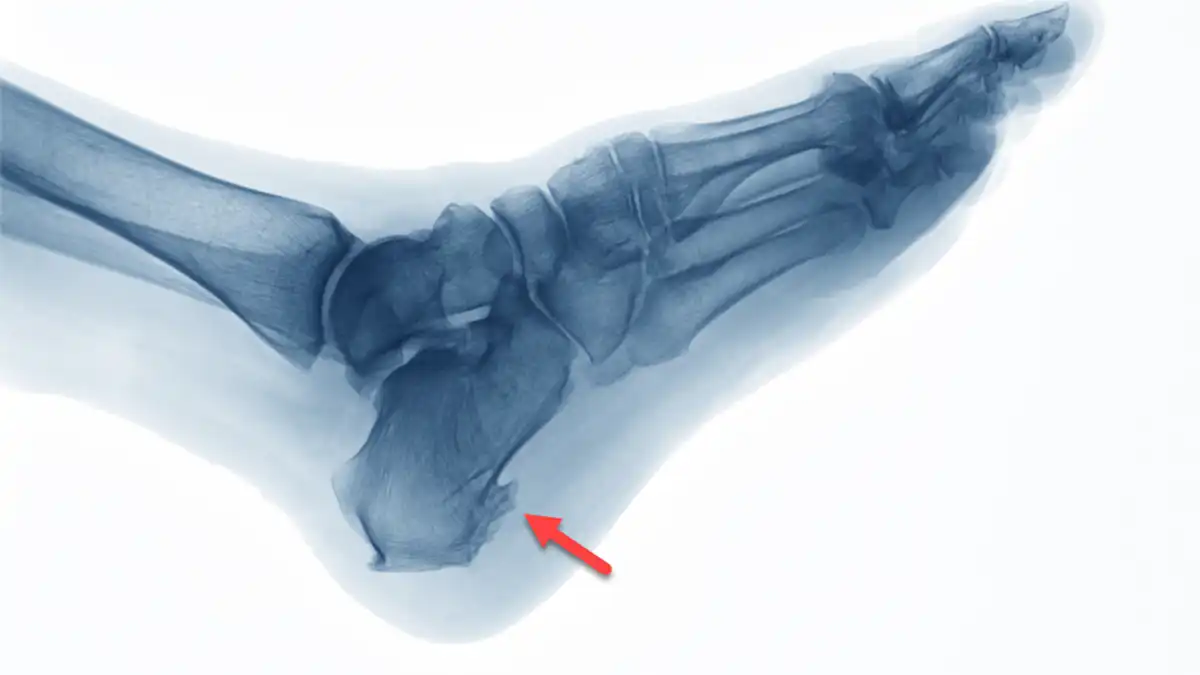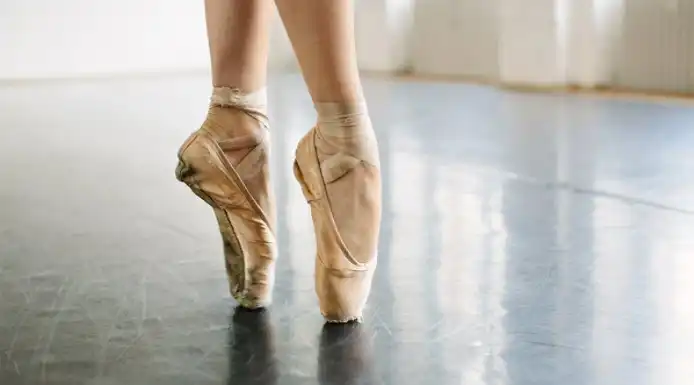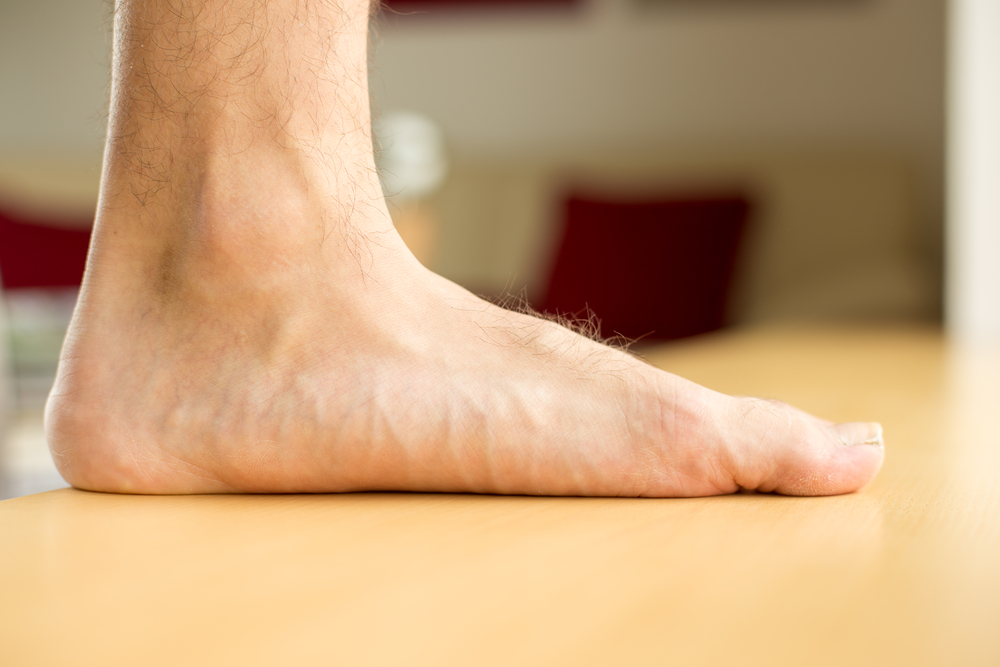Hammer toe is characterized by hyperextension of the metatarsophalangeal joint, flexion contracture of the proximal interphalangeal joint and hyperextension of the distal interphalangeal joint. The deformity is accentuated by active extension of the supporting toes.
Synonym: Claw toe, hammer toe, mallet toe
L’ORTEIL EN MARTEAU EST LA DÉFORMATION LA PLUS COURANTE DU DEUXIÈME, DU TROISIÈME OU DU QUATRIÈME ORTEIL ET EST SOUVENT CAUSÉE PAR LE PORT DE CHAUSSURES ÉTROITES AVEC PEU OU PAS DE SOUTIEN DE LA VOÛTE PLANTAIRE.
- Hammertoe is caused by a muscle imbalance in the toes.
- The main symptom is a bent, hammer-like toe.
- Without prompt treatment, hammertoes get progressively worse.
- Simple exercises can treat and prevent hammertoe.
- The deformity of hammertoes will be as follows:
- Extension of the matatarsophalangeal joint
- Flexion of the proximal interphalangeal joint

- The additional pressure (friction) will possibly cause:
- callus(es) if under the foot in the region of the distal metatarsals.
- corns on the toe(s), located in the toe area
Causes
- Shoe too narrow or small.
- High heel, pushing the foot forward

A high heel or a narrow shoe will decrease the space where the toes are located and they will be forced to flex to fit the restricted space.
- If the second toe is longer than the big toe, hammertoe is more likely to occur.
- People with conditions such as arthritis or diabetes are more likely to develop foot problems, including hammertoe.
- Hereditary
Symptoms
- Pain or irritation in the affected toe when wearing shoes.
- Corns and calluses (a buildup of skin) on the toe, between two toes or on the sole of the foot. Corns are caused by constant friction against the shoe. They can be soft or hard, depending on their location.
- Inflammation, redness or burning sensation
- Contracture of the toe
- In more severe cases of hammers, open wounds may form.
























